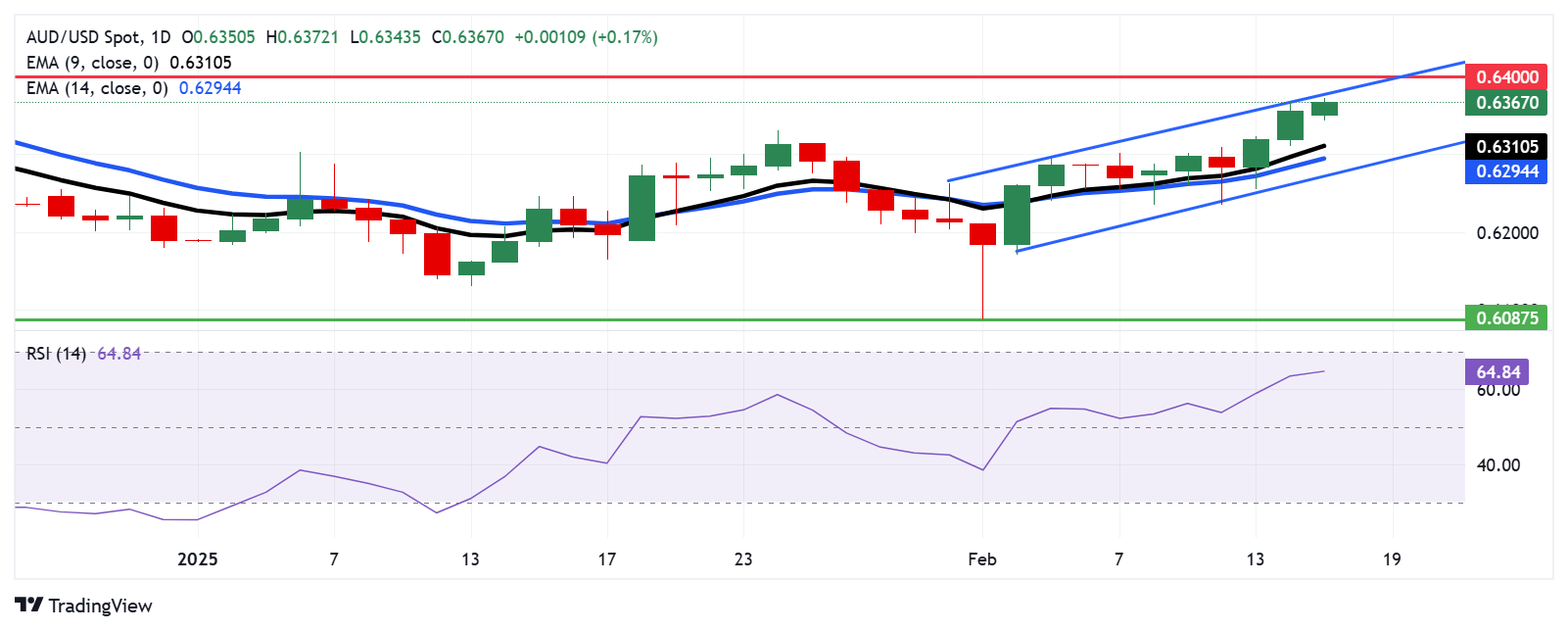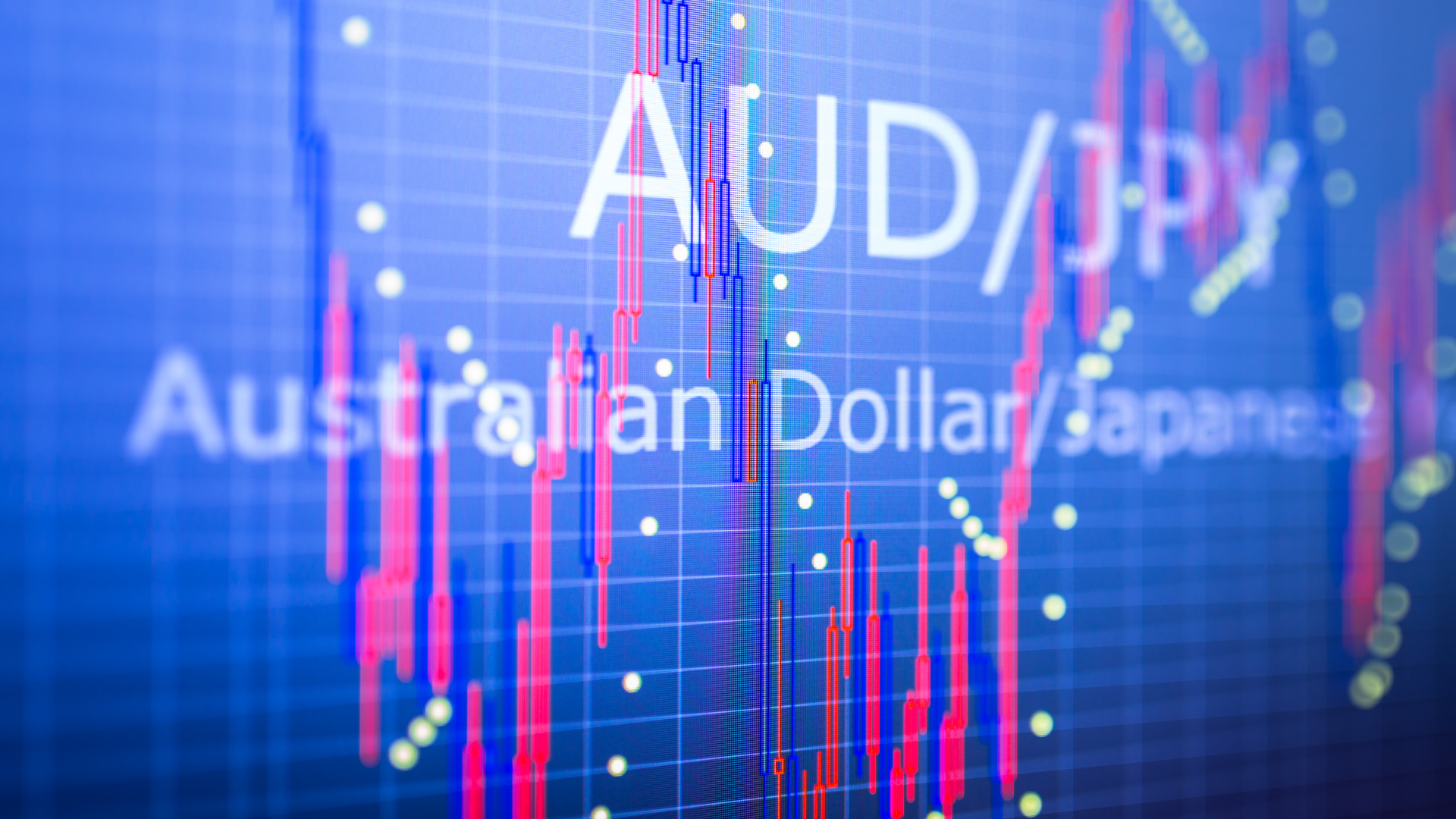The Australian dollar edged higher on Wednesday, buoyed by improved market sentiment and a softer U.S. dollar. As investors embraced a more optimistic outlook on global markets, demand for risk-sensitive assets like the Aussie increased, lifting it against major counterparts.
A pullback in U.S. Treasury yields and expectations of a more cautious Federal Reserve helped weaken the greenback, giving the Australian dollar additional support. While Fed officials continue to signal that rate cuts are unlikely in the immediate term, markets remain focused on incoming U.S. economic data that could shape the central bank’s next move.
At the same time, Australia’s economy continues to show resilience, with stronger-than-expected data in key sectors boosting confidence. Recent figures on employment and business conditions have reassured investors, reducing concerns about a sharp economic slowdown. Additionally, rising commodity prices, particularly in iron ore, have contributed to the Aussie’s strength, given the currency’s ties to the resource sector.

AUD/USD 1-D Chart as of February 17, 2025 (Source: TradingView)
Despite the rally, analysts caution that downside risks remain. If upcoming U.S. data reinforces the Fed’s hawkish stance, the U.S. dollar could regain traction, pressuring the Australian dollar. Similarly, any signs of weakness in China’s economic recovery—one of Australia’s largest trading partners—could dampen sentiment and weigh on the currency.
Technical indicators suggest the Aussie may face resistance at higher levels, with traders eyeing key thresholds for confirmation of further upside potential. Meanwhile, broader risk appetite in global markets will likely dictate near-term moves, as investors assess whether the recent optimism is sustainable.
For now, the Australian dollar remains well-supported, with improving risk sentiment and dollar softness working in its favor. However, traders will be closely watching economic developments and central bank signals to determine whether this momentum can be sustained in the coming sessions.













